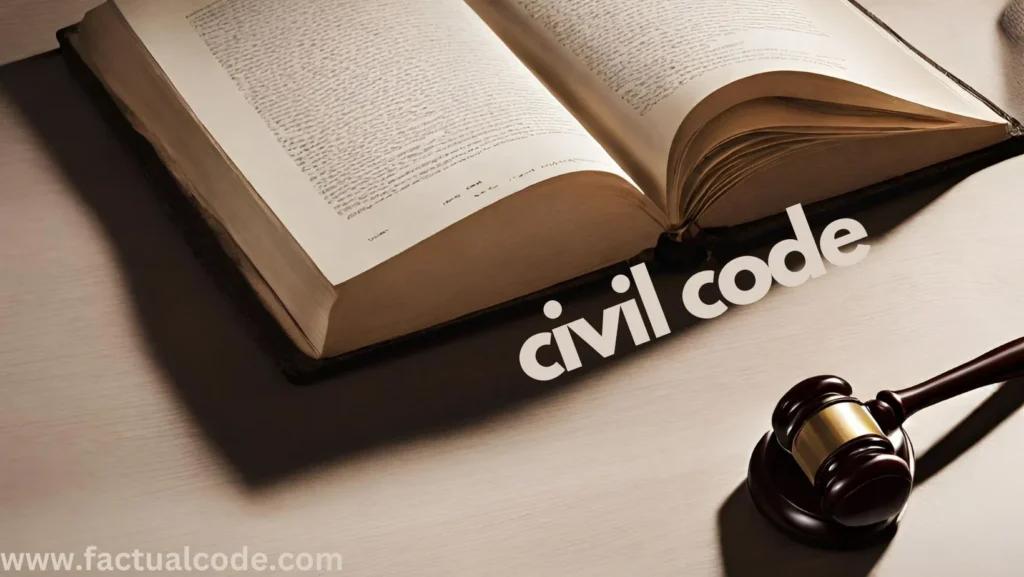📖 Introduction
📚⚖️🧑⚖️
A representative suit is a legal method under the Civil Procedure Code, 1908 (CPC), that allows one or more individuals to file a case on behalf of a larger group sharing the same interest or issue. This type of case helps save time and money when many individuals are affected by a common problem. Instead of filing many similar cases, one person can represent the group in court.
Representative suits are especially helpful when people in a group do not have the means or ability to file individual cases. These suits are mainly used in matters that affect communities or groups with shared rights. 👥⚖️📣
⚖️ What the Law Says: Order I Rule 8 of CPC
📜👨⚖️📢
Order I Rule 8 of the CPC allows one or more persons to represent many others in court if they all have the same interest in a case. Here’s what the rule provides:
A few people, with the court’s permission, can file or defend a case for the entire group.
The court must send notices to inform all affected people, either directly or through a public announcement.
No one can drop or settle the case without getting approval from the court and informing everyone involved.
If the case is handled properly, the final decision will apply to everyone in the group.
✅ Conditions to File a Representative Suit
📝⚠️👨👩👧👦
Certain conditions must be met for a representative suit to be valid:
1. Large Group of People
👨👩👧👦🏘️🔢
There must be a large group of people with the same kind of interest. For example, if everyone in a village is affected by the same issue, it’s better to file one case for all rather than many separate ones.
2. Shared Interest
💬🧾💡
Everyone in the group must be affected in the same way. Even if the reason behind each person’s issue is slightly different, the core problem must be the same.
3. Permission from Court
✅🏛️📄
Before filing the case as a representative suit, permission must be taken from the court. This ensures the person filing the case is capable of fairly representing everyone.
4. Sending Notice
📢📬🗞️
All people who are part of the group must be informed about the case. The court may ask the plaintiff to send notices directly or publish them in newspapers.
🛠️ Steps and Rules in a Representative Suit
⚙️📋👥
1. Filing the Case
🧾🖋️🏛️
The plaintiff (the person filing the case) must clearly mention that the case is filed under Order I Rule 8. A draft notice should be included when seeking the court’s permission.
2. Changing the Representative
🔄👤👨⚖️
If the main representative is not handling the case properly, the court can replace them with another suitable person from the group.
3. Compromise or Withdrawal
🤝🚫🧑⚖️
The case cannot be withdrawn or settled without the court’s approval. Also, all group members must be informed before any such decision is made. If this is not followed, the compromise will be considered invalid.
4. Final Judgment Applies to All (Res Judicata)
📜⚖️🔒
If the court delivers a final decision in the case, that decision applies to all group members. This rule is called res judicata. According to Section 11, Explanation VI of the CPC, even those who didn’t directly take part in the case are bound by the judgment if it was conducted properly.
Cases like Gangavishnu v. Nathulal (1955) and Kumaravelu v. Ramaswami (1933) emphasize the importance of fair and genuine representation. 📚👨⚖️🧑⚖️
🌟 Benefits of Representative Suits
🎯💡💰
Representative suits offer several advantages:
Saves Time for Courts: Combines many similar cases into one, reducing the court’s workload.
Less Expensive: Filing one case is cheaper than filing many separate ones.
Fairness for All: Helps people who cannot afford or manage to go to court individually.
Consistent Decision: Ensures the same judgment applies to everyone in the group.
⚠️ Things to Keep in Mind
⏳📋⚠️
The suit must be filed within the time limit set by law.
The person representing the group must act honestly and effectively.
If important steps like giving notice or getting the court’s permission are missed, the judgment might not apply to everyone.
🧾 Conclusion
⚖️🧑⚖️🤝
A representative suit is a valuable legal tool under the CPC that allows individuals with similar issues to join together and seek justice through a single case. It saves time, money, and effort for both the people and the courts. However, to ensure fairness for all involved, rules such as obtaining the court’s permission and properly notifying others must be strictly followed. This process helps make justice more efficient and accessible, especially for large groups facing the same legal problem. 📢👨👩👧👦✅

